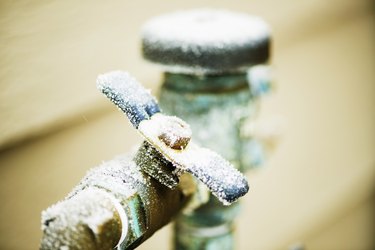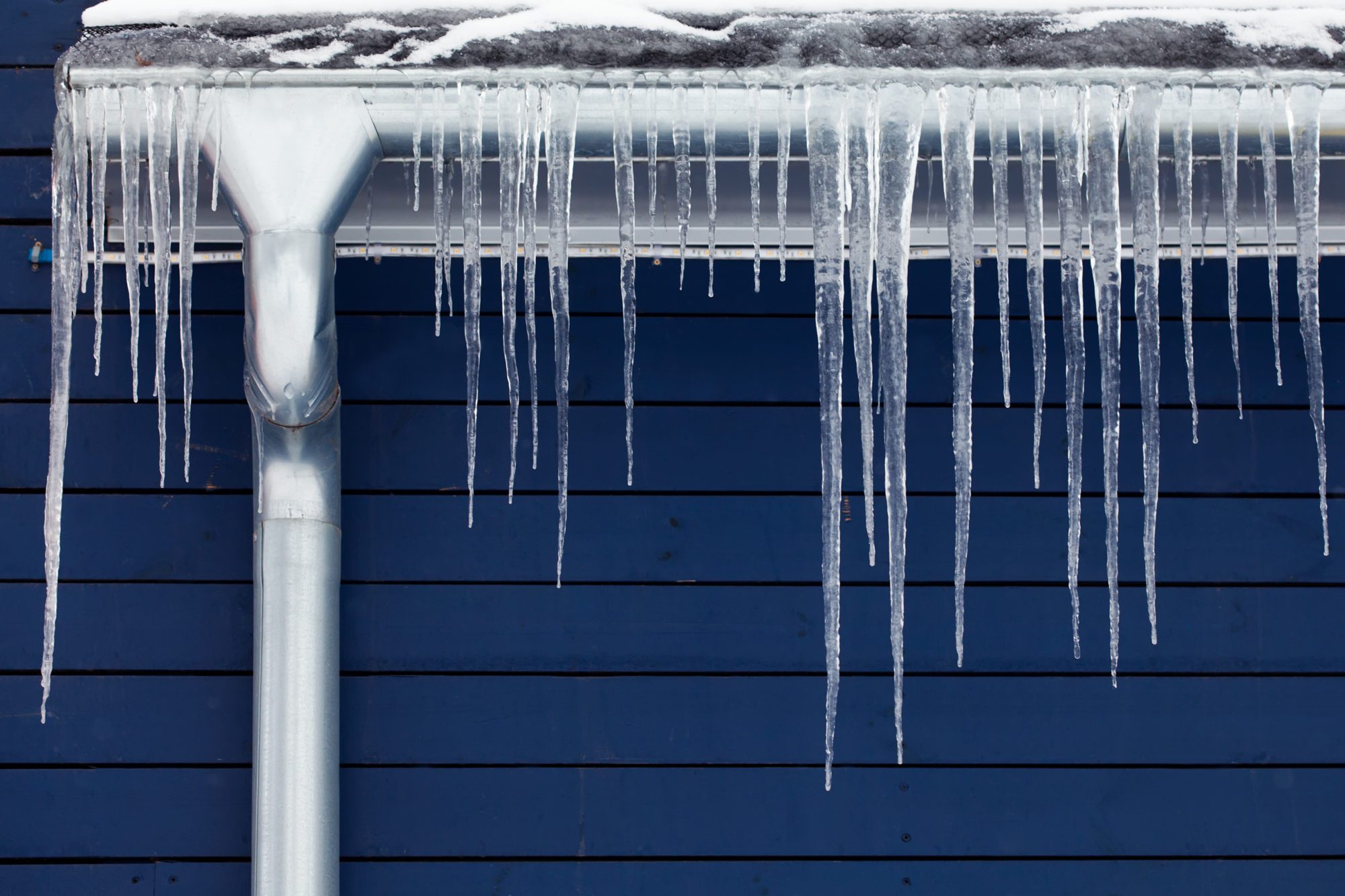This great article down below about Prevent Frozen Pipes is absolutely compelling. Don't bypass it.

Winter can damage your plumbing, particularly by freezing pipes. Here's how to stop it from taking place and what to do if it does.
Intro
As temperatures drop, the threat of icy pipes rises, possibly causing expensive repairs and water damages. Comprehending how to stop frozen pipelines is vital for property owners in cool environments.
Understanding Icy Pipes
What creates pipes to ice up?
Pipes freeze when revealed to temperatures listed below 32 ° F (0 ° C) for extended durations. As water inside the pipelines freezes, it broadens, taxing the pipe wall surfaces and possibly causing them to rupture.
Threats and damages
Frozen pipelines can bring about water system disturbances, residential or commercial property damages, and pricey repairs. Burst pipes can flood homes and trigger substantial architectural damages.
Indicators of Frozen Pipeline
Determining frozen pipelines early can stop them from rupturing.
Just how to recognize frozen pipelines
Try to find reduced water flow from faucets, uncommon odors or sounds from pipes, and visible frost on subjected pipelines.
Avoidance Tips
Shielding at risk pipes
Wrap pipes in insulation sleeves or use heat tape to shield them from freezing temperature levels. Focus on pipes in unheated or external locations of the home.
Heating strategies
Maintain interior rooms adequately heated, specifically areas with pipes. Open cabinet doors to enable warm air to flow around pipes under sinks.
Shielding Outside Pipes
Yard hoses and outside faucets
Detach and drain pipes garden tubes before wintertime. Install frost-proof spigots or cover exterior faucets with shielded caps.
What to Do If Your Pipes Freeze
Immediate actions to take
If you believe frozen pipes, keep taps open up to ease stress as the ice thaws. Use a hairdryer or towels soaked in hot water to thaw pipelines gradually.
Long-Term Solutions
Architectural changes
Consider rerouting pipes away from exterior walls or unheated areas. Add additional insulation to attic rooms, cellars, and crawl spaces.
Updating insulation
Buy high-grade insulation for pipelines, attic rooms, and wall surfaces. Correct insulation helps preserve consistent temperature levels and decreases the risk of frozen pipes.
Conclusion
Stopping icy pipes needs proactive procedures and fast reactions. By comprehending the causes, signs, and safety nets, home owners can shield their pipes during winter.
5 Ways to Prevent Frozen Pipes
Drain Outdoor Faucets and Disconnect Hoses
First, close the shut-off valve that controls the flow of water in the pipe to your outdoor faucet. Then, head outside to disconnect and drain your hose and open the outdoor faucet to allow the water to completely drain out of the line. Turn off the faucet when done. Finally, head back to the shut-off valve and drain the remaining water inside the pipe into a bucket or container. Additionally, if you have a home irrigation system, you should consider hiring an expert to clear the system of water each year.
Insulate Pipes
One of the best and most cost-effective methods for preventing frozen water pipes is to wrap your pipes with insulation. This is especially important for areas in your home that aren’t exposed to heat, such as an attic. We suggest using foam sleeves, which can typically be found at your local hardware store.
Keep Heat Running at 65
Your pipes are located inside your walls, and the temperature there is much colder than the rest of the house. To prevent your pipes from freezing, The Insurance Information Institute suggests that you keep your home heated to at least 65 degrees, even when traveling. You may want to invest in smart devices that can keep an eye on the temperature in your home while you’re away.
Leave Water Dripping
Moving water — even a small trickle — can prevent ice from forming inside your pipes. When freezing temps are imminent, start a drip of water from all faucets that serve exposed pipes. Leaving a few faucets running will also help relieve pressure inside the pipes and help prevent a rupture if the water inside freezes.
Open Cupboard Doors
Warm your kitchen and bathroom pipes by opening cupboards and vanities. You should also leave your interior doors ajar to help warm air circulate evenly throughout your home.

Do you really like reading about Helpful Tips to Prevent Frozen Pipes this Winter? Put feedback directly below. We'd be pleased to find out your opinions about this blog post. We hope that you come back again soon. Sharing is caring. You won't know, you may just be doing someone a favor. Bless you for being here. Revisit us soon.
Website